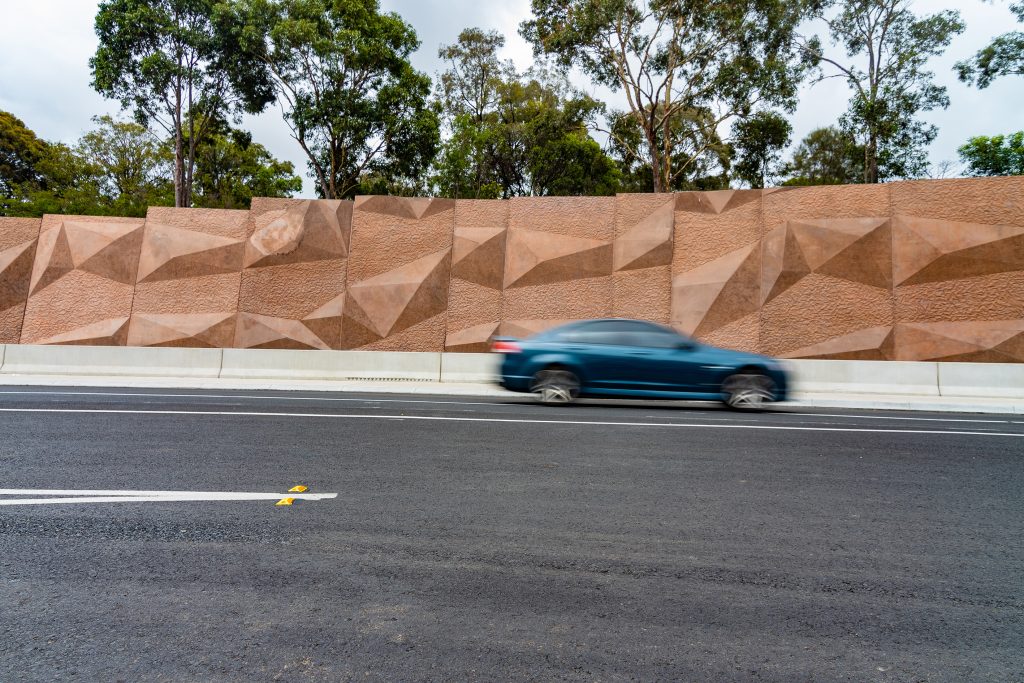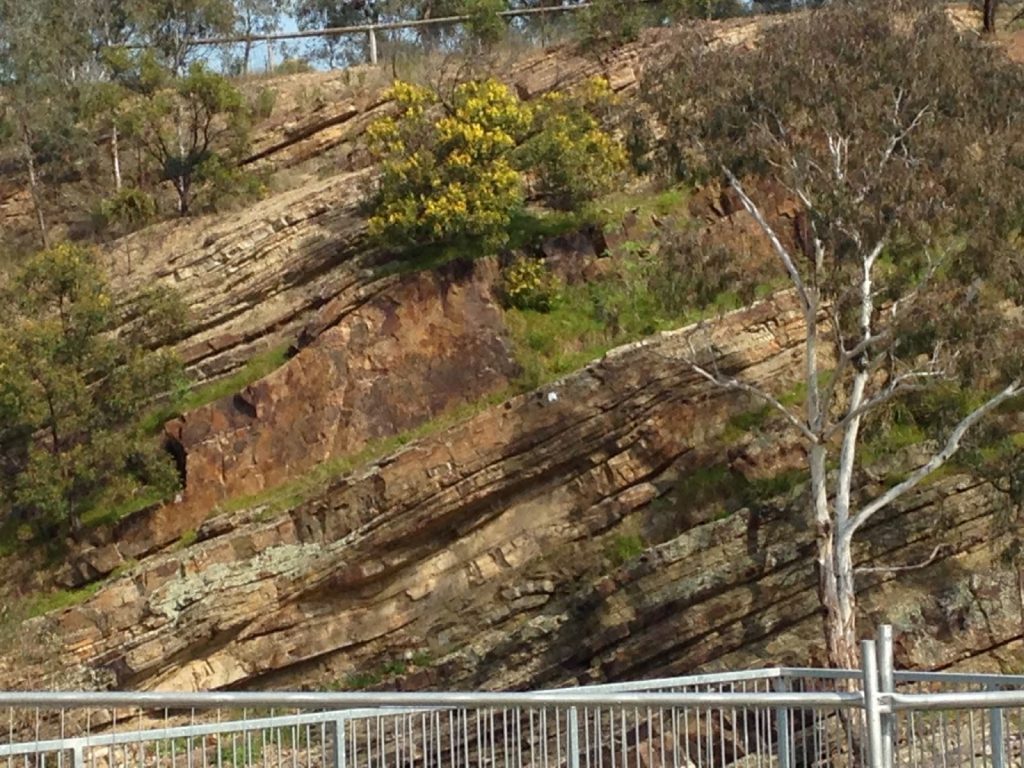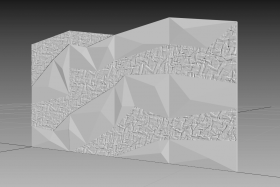Our Urbis Design team takes pleasure in bringing the brightest minds together to push the boundaries and explore new ways of doing things.
Through divergent thinking, the team recently conceptualised, created and delivered an iconic, nature-inspired retaining wall as part of a project for the Chandler Highway Upgrade.
Take a closer look below at the process the team followed to develop this magnificent piece of infrastructure in Melbourne’s North.



